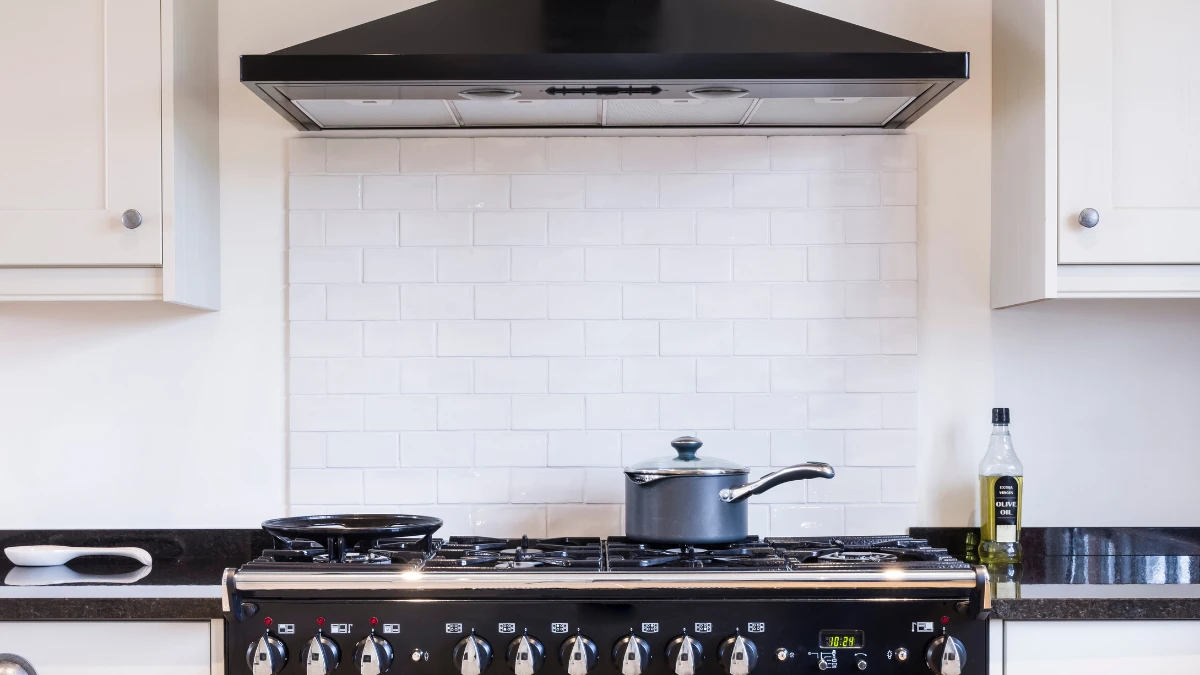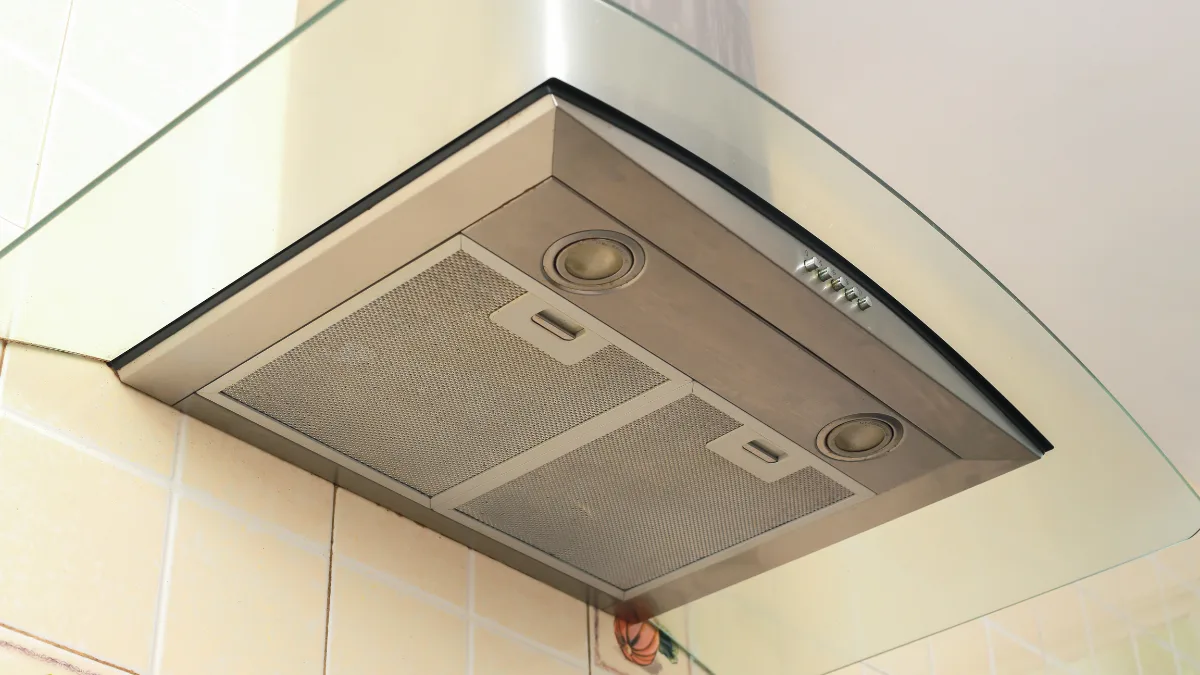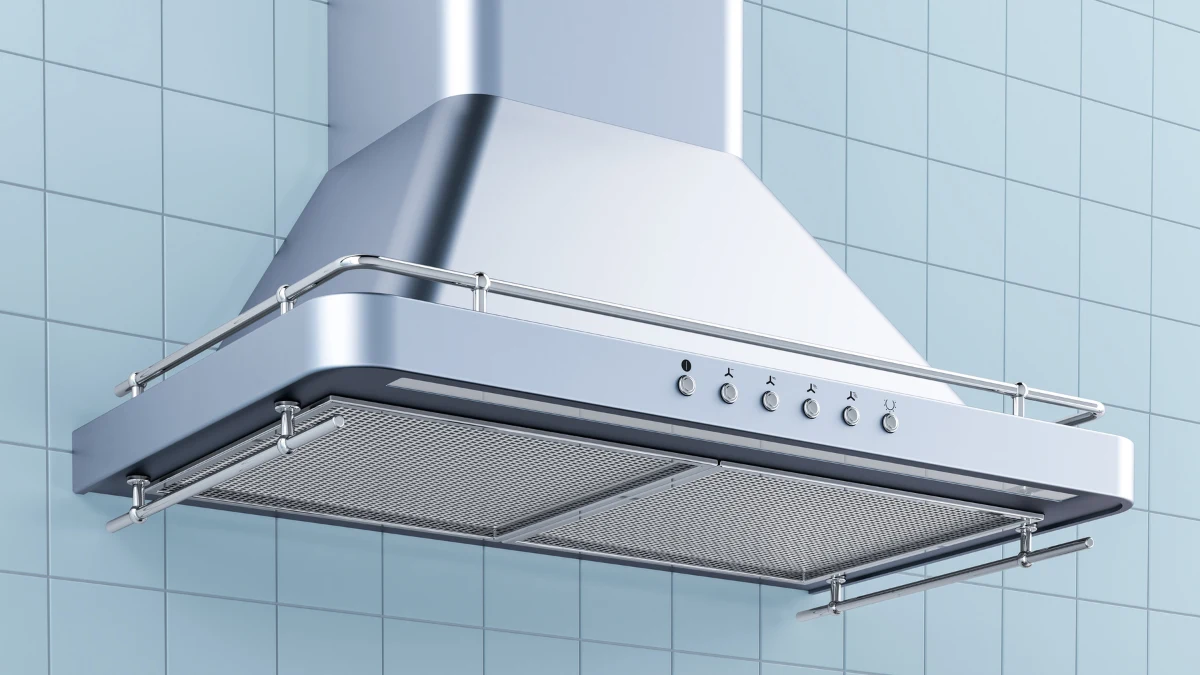Cooker hoods are probably no longer a foreign sight in modern kitchens. These devices, which are capable of extracting smoke, steam, odors, and heat from the cooking process, are now a must-have appliance for keeping the air in the kitchen clean and fresh.
As technology has advanced, cooker hoods have also undergone development. These devices are now equipped with Bluetooth and WiFi connectivity, allowing them to connect to smartphones for easy remote control.
With Bluetooth and WiFi connectivity features, these devices must comply with wireless device regulations. This article will discuss cooker hoods, starting from their definition, how they work, their functions, current modern technology, and regulations for their use in Indonesia.
What is a Cooker Hood?

A cooker hood is a device installed above the stove that functions to extract smoke, steam, odors, and heat from the cooking process. The device is equipped with a filter to capture oil particles and dirt.
The air produced from the cooking process will be channeled outside the house or recirculated after passing through an activated carbon filter. With this device, the kitchen air will remain fresh, clean, and free of grease stains.
A cooker hood not only keeps walls and air clean but also enhances comfort while cooking. This device even makes your kitchen look more modern.
The Modern Technology of Cooker Hood
Today's cooker hoods not only offer powerful suction, but also come equipped with smart features, such as:
- Air quality sensor: Detects excess smoke or steam and automatically adjusts suction power.
- Bluetooth and WiFi connectivity: Allows users to control the device via a smartphone app.
- Smart home integration: Can be connected to digital assistants such as Google Home or Alexa.
- Energy-efficient LED lights: Provide optimal lighting in the cooking area.
- Noise-reducing design: Important for kitchens that are integrated with dining areas.
With these features, cooker hoods are not just smoke extractors, but also part of the smart home lifestyle.
How Does a Cooker Hood Work?

A cook hood works by extracting or recirculating in two ways, involving a fan motor that sucks smoke, steam, and pollutants from the cooking area. The air is processed through a filter system.
- Extraction (with chimney): Sucking dirty air and expelling it through a ventilation pipe.
- Recirculation (without a chimney): Filters dirty air through a carbon filter and returns it in a clean state.
Bluetooth and WiFi technology add to its functionality with the following features:
- Turn on/off: Activate or deactivate the cooker hood remotely.
- Adjust Fan Speed: Select the fan suction level according to your cooking needs.
- Control Lights: Turn the cooker hood lights on or off.
- Filter Alert: Some apps can provide notifications when the filter needs to be cleaned or replaced.
The Functions of Cooker Hood

The cook hood has several functions, from keeping the kitchen clean, reducing odors and steam, improving air quality, and reducing heat. Here are some main functions with details:
1. Keeping the kitchen clean
One of the benefits of a cooker hood is that it keeps the kitchen clean. The device can absorb oil and grease fumes, preventing them from sticking to the walls and kitchen appliances. This keeps the kitchen clean.
2. Reducing odors and steam
Reducing odors and steam is another advantage of this device. Unpleasant odors and steam produced during cooking will be channeled through this device. That way, odors and steam will not spread throughout the house.
3. Improves air quality
Cooker hoods can also help improve air quality. The device filters and removes pollutants from the air. This ensures that the air in the kitchen is always fresh, healthy, and free of stuffiness.
4. Reduces heat
Another advantage of this device is its ability to reduce heat. Cooking becomes more comfortable because this device helps remove the heat that can be a nuisance during the cooking process.
Cooker Hood Regulation in Indonesia

The cook hood uses communication technologies such as Bluetooth and WiFi that operate within a specific frequency spectrum. In Indonesia, any Bluetooth and WiFi-based wireless device is required to have a DJID (Directorate General of Digital Infrastructure) under the Ministry of Communication and Digital (KOMDIGI).
Cook hood regulation is based on KEPMEN No. 260 Tahun 2024 for Bluetooth and KEPMEN No. 12 Tahun 2025 for WiFi, which requires all radio frequency-based devices, including handheld computers, to meet specific technical standards before being sold in the country.
The DJID certification ensures that the product meets government safety and quality regulations and does not interfere with other communication devices. The certification process involves technical testing, such as frequency adjustments, safety checks, and compatibility with the surrounding environment.
Once the tests are completed, products that pass are listed in a Test Result Report, which confirms that the product is safe and ready for sale in Indonesia. This report reassures customers that the product meets technical standards and is secure.
For companies wanting to sell a cook hood in Indonesia, Type Approval Certification Services for ICT Products are available to assist with this process. This service includes preparing technical and legal documents, conducting required testing, ensuring compliance with regulations, helping companies streamline the certification process, and giving consumers confidence in certified products.